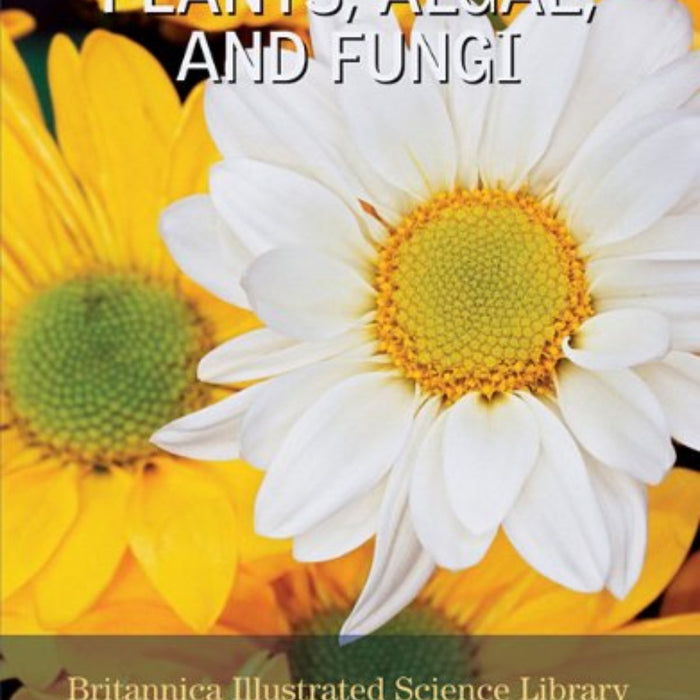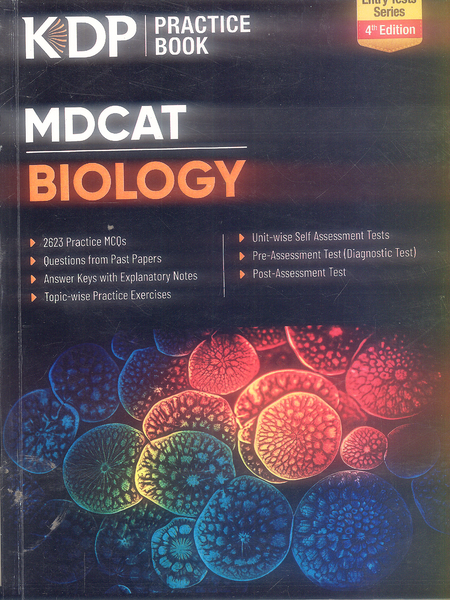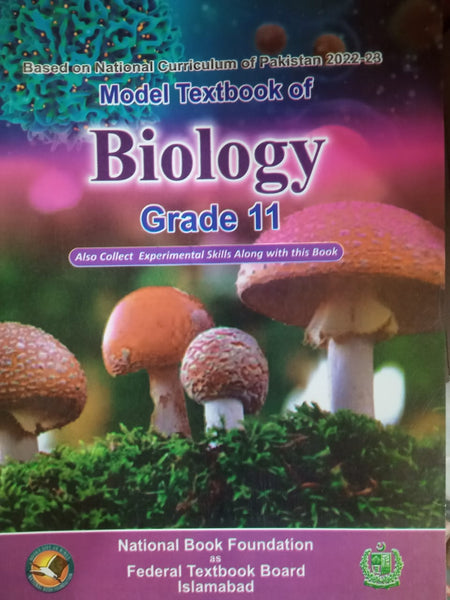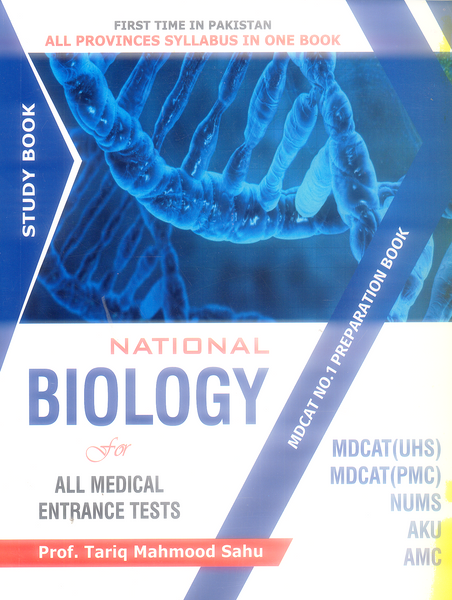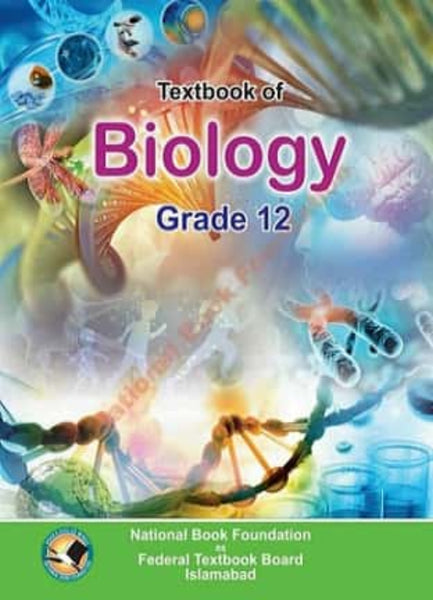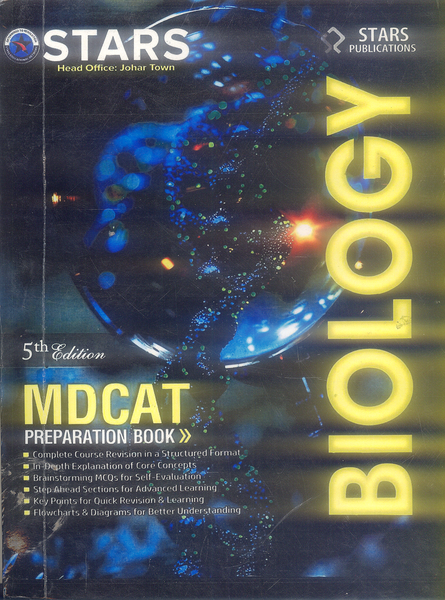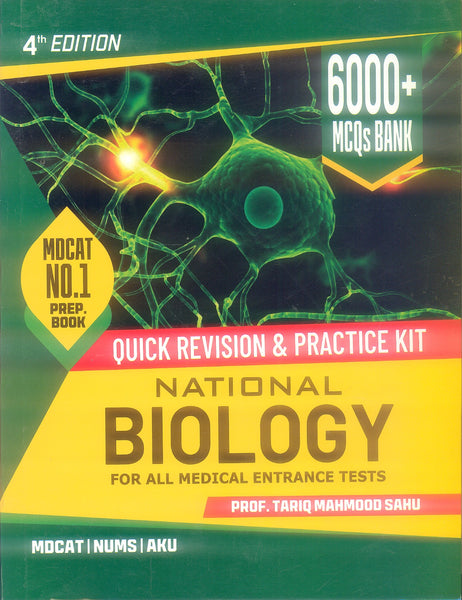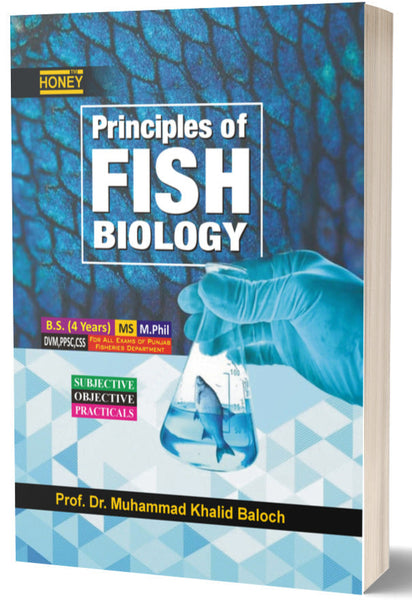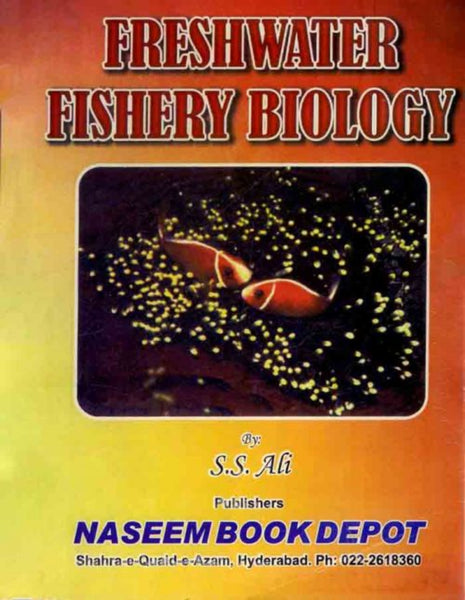Plants, Algae and Fungi by Inc. Encyclopaedia Britannica (Editor)
- Publisher: BOTANY
- Availability: In Stock
- SKU: 49097
Rs.360.00
Rs.490.00
Tags: Algae , Algae as Primary Producers , Algae Cultivation Techniques , Algal Cultivation , Algal Diversity , Algal Habitats , best books , Best Price , Best Selling Books , Biodiversity , Botany , Britannica Illustrated Science Library , Ecological Roles of Plants , Ecosystem Interactions , Environmental Science , Fungal Diseases , Fungal Ecology , Fungal Kingdom , Fungi , Inc. Encyclopaedia Britannica , Marine Algae , Marine Biology , Mycology , Photosynthesis , Photosynthetic Organisms , Plant Adaptations , Plant and Fungal Interactions , Plant Classification , Plant Development , Plant Evolution , Plant Growth , Plant Pathology , Plant Physiology , Plant Reproduction , Plants , Plants Algae and Fungi , Terrestrial Plants
Plants, Algae and Fungi (Britannica Illustrated Science Library)
Inc. Encyclopaedia Britannica (Editor)
Quality: Black White Pakistan Print
Plants, Algae, and Fungi from the Britannica Illustrated Science Library offers an informative and visually captivating exploration of the three key groups of organisms that play fundamental roles in ecosystems worldwide. Edited by Encyclopaedia Britannica, this volume delves into the biology, structure, reproduction, and ecological importance of plants, algae, and fungi, providing readers with a thorough understanding of these diverse organisms.
Key Points:
-
Comprehensive Coverage: Provides an extensive look at the biology, structure, and reproduction of plants, algae, and fungi.
-
Ecological Importance: Explores the crucial role these organisms play in ecosystems, including their contributions to biodiversity and food webs.
-
Photosynthesis and Growth: Detailed explanations of photosynthesis and its importance in the growth and sustenance of plants and algae.
-
Algae’s Role in Water Ecosystems: Examines the ecological functions of algae in aquatic environments and their contribution to water systems.
-
Fungi and Decomposition: Highlights the essential role of fungi in decomposition and nutrient cycling, along with their interactions with other organisms.


